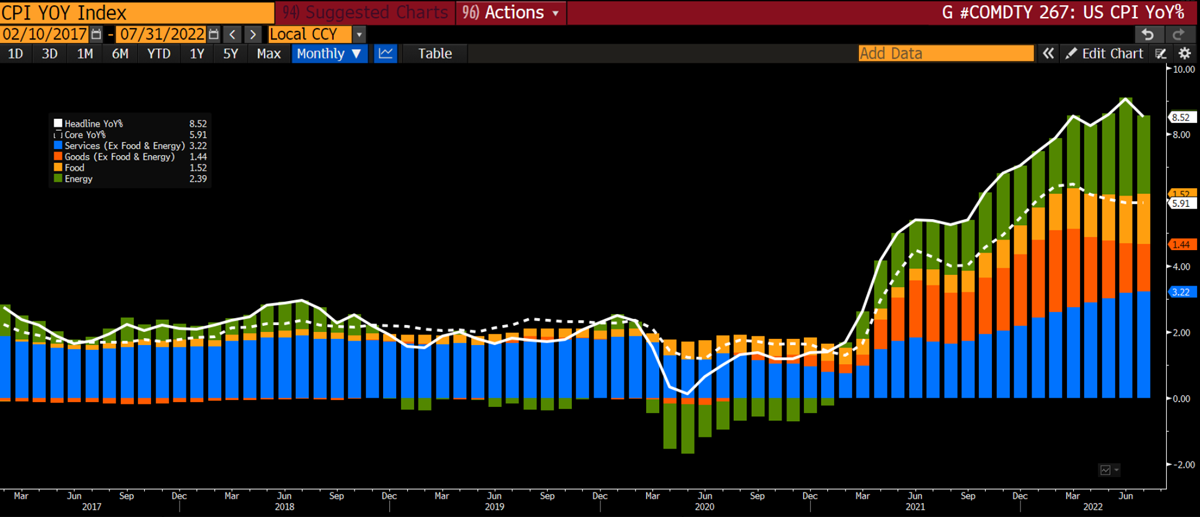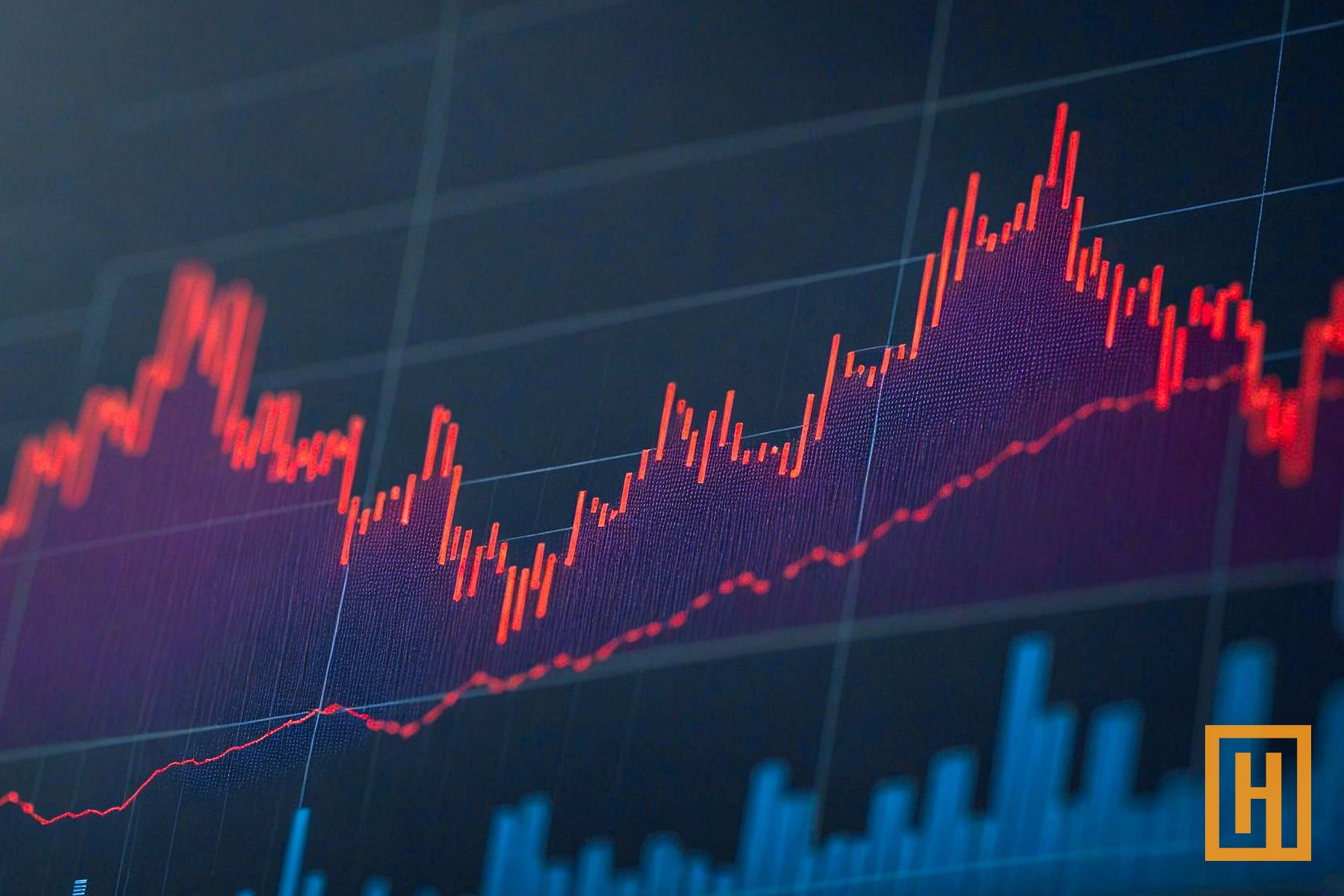HCM Insights
Why Is Headline Inflation Moving Lower—But Core Inflation Isn’t?

Headline Inflation (Consumer Price Index)
The All Items Consumer Price Index for All Urban Consumers: for the U.S. City Average (CPI) is a comprehensive index used to measure US price inflation. It’s also referred to as “headline inflation” because it’s the measurement most commonly reported in the media and most familiar to US consumers. It covers most living costs for the average American and is a robust indicator of the price changes consumers experience over time.
The index measures the price level for a broad basket of consumer goods and services, including:
- Food (dairy, meats, cereals, fruit, vegetables, and selected beverages).
- Energy (fuel oil, motor oil, electricity, and utility gas services).
- Apparel.
- New and used vehicles.
- Commodities (medical care commodities and others not food- or energy-related).
- Alcohol and tobacco products.
- Other Services.
- Shelter.
- Medical care services (hospital and physicians’ services).
- Transportation services (motor vehicle maintenance & repair and insurance and airline fares).
The CPI is usually reported as a percentage change across periods, such as monthly or year-to-year.
Core Inflation (Core CPI)
Core inflation, or the core CPI, measures the average price change over time for a slightly different basket of consumer goods and services. It includes those listed in the CPI, except selected food and energy categories.
These categories are excluded because their price changes can be highly sensitive to influences outside of broader economic price levels. (Many food and energy resources have also been securitized as exchange-traded commodities, which boosts their price volatility.)
For example, corn prices can increase if severe weather damages crop yields and forces shortages. However, extreme weather may not impact the price levels of other goods and services, such as medical services or apparel. If increased corn prices were included in the core CPI calculation, it could lift the whole index, suggesting that the entire basket of goods is experiencing higher inflation, not just corn.
The Core CPI is an inflation measure used less frequently by consumers but commonly utilized by the Federal Open Market Committee (the Committee or Fed), among other indicators, in formulating monetary policy.
The Fed’s primary goal is to maintain maximum sustainable economic output and employment while keeping prices relatively stable. Broad measures of core US inflation without undue influence from external events are key to the Fed’s policy analysis and decision making.
Why is Headline Inflation Moving Lower, but Core Inflation Isn’t?
July 2022’s headline inflation rate (seasonally adjusted) remained flat for July after rising by 1.3% in June. Over the last 12 months, the CPI increased by 8.52%—but this is a decline from June’s 9.1% level—before seasonal adjustment.
By contrast, core inflation rose by 0.3% in July, with a 12-month increase of 5.91% (comparable to June’s level) before seasonal adjustment (see graph below).
Consumer Price Index Year-on-Year
1/1/17 – 7/31/22

- Solid white line = headline inflation or CPI
- Dotted white line = core inflation or core CPI
Source: Bloomberg
This gap in level and direction between the indexes is chiefly due to the inclusion of energy and selected food prices (green and light orange bars) in the CPI. Global events such as the war in Europe, ongoing shutdowns in China, and residual pandemic-induced supply chain kinks have pushed natural gas, oil, and grain prices higher over the last several months.
However, more recent declines in energy, including gasoline and natural gas, offset further increases in food, resulting in July’s flat CPI and a reduction in the 12-month level.
Notably, core inflation included price increases across several sectors, including selected foods, shelter, medical care, household furnishings and operations, new vehicles, and recreation. These were only partially offset by declines in airline fares, used cars, and trucks.
What This Means Going Forward
Since core inflation is a more accurate indicator of underlying economic trends and is generally stickier than headline inflation, current levels could be concerning. July’s recent increase of 0.3%, while lower than previous increases, is an increase, nonetheless. And the 12-month rate remains stuck at a relatively high 5.9%.
While this might indicate core inflation is approaching a leveling out, the rate of decline going forward may fall short of expectations. Much of the inflation across sectors appears to be grounded in wages, which tend to be fairly resilient to rapid declines.
For the moment, then, in the face of persistent core inflation, we believe investors are likely to see additional Fed tightening, further economic deceleration, and a potentially increased probability for recession.








